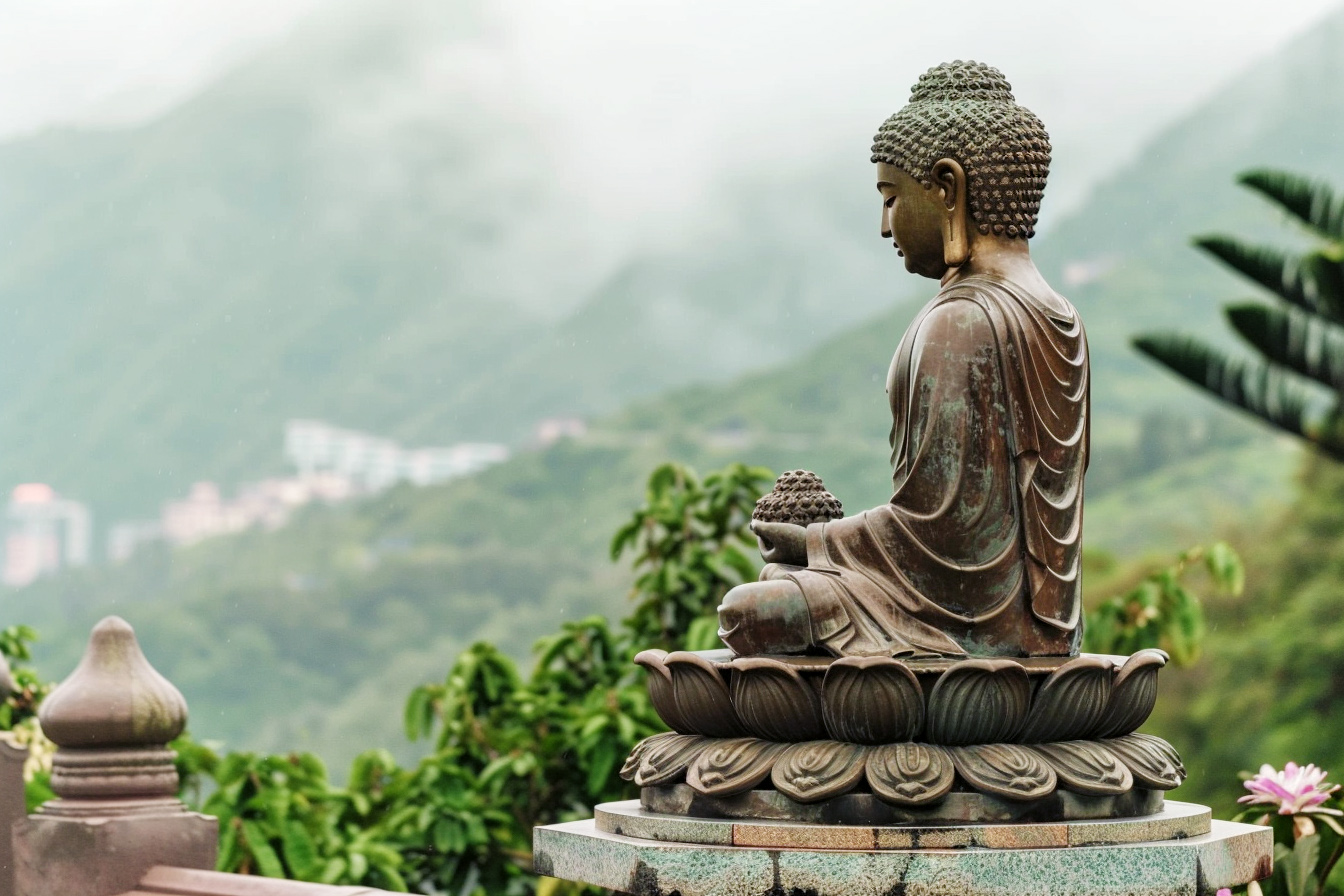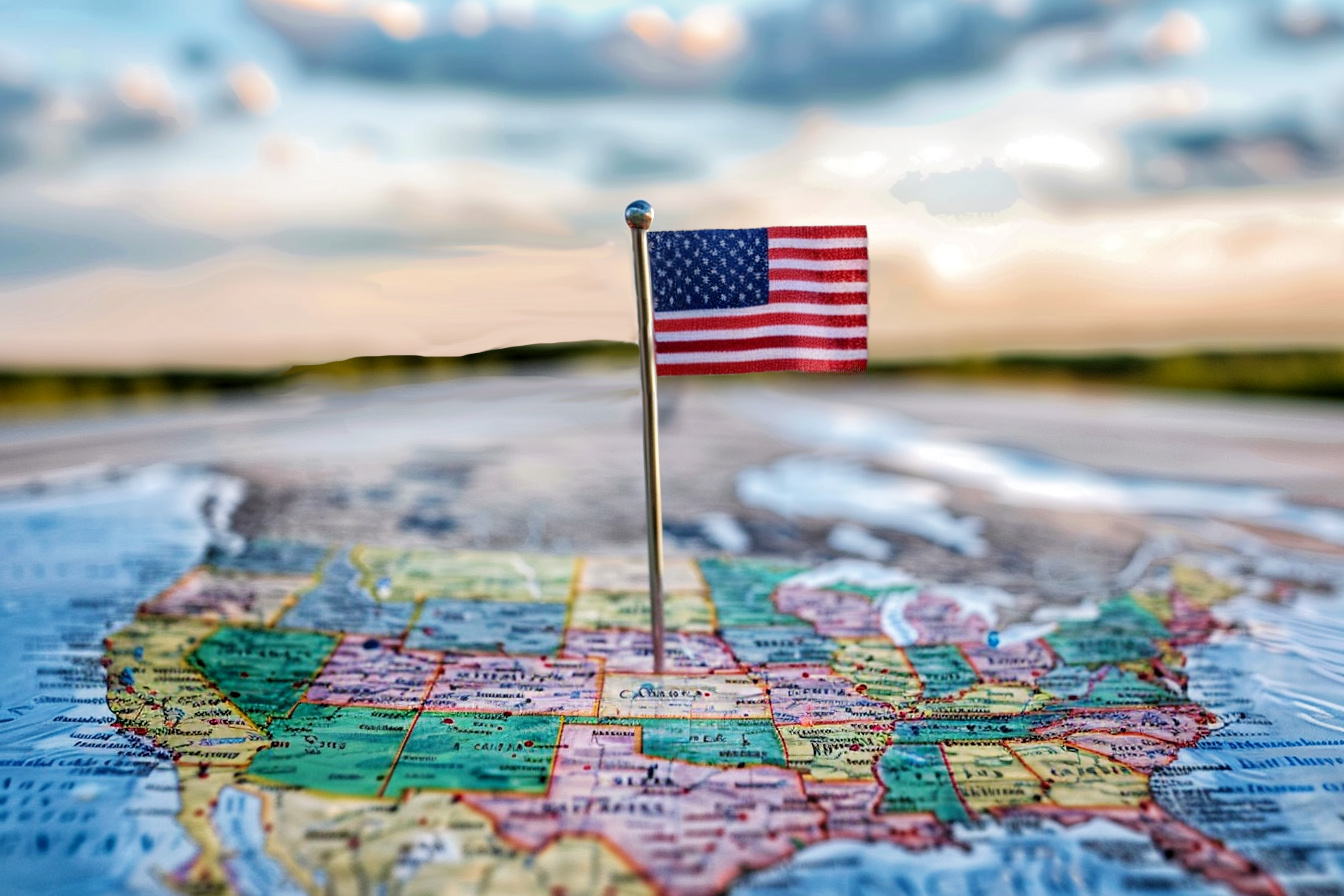In the intricate dance of modern life, stress is a persistent partner, shadowing our every move. It’s a universal melody playing in the background of personal and professional realms. Despite the universality of stress, its impact is deeply personal, affecting each individual in unique ways. Amidst the myriad strategies promising relief, mindfulness is not a temporary fix but a transformative journey. This article delves into the multifaceted nature of stress, the various strategies employed to manage it, and, most importantly, mindfulness’s profound simplicity and efficacy in reshaping our experience of life’s inevitable pressures.
Understanding Stress
What is Stress?
Stress is a natural response to perceived threats or demands from our primal fight-or-flight instincts. It involves a complex interplay of hormones like cortisol and adrenaline, preparing the body to react to danger. While this response can be lifesaving in emergencies, prolonged activation can wreak havoc on our bodies and minds.
Common Sources of Stress
Stressors are as diverse as individuals, ranging from acute triggers like job interviews to chronic pressures such as long-term health conditions or socioeconomic constraints. Technological advancements, while beneficial, also contribute to stress by creating an environment of constant connectivity and information overload.
The Impact of Stress
The effects of stress are far-reaching, infiltrating every aspect of our well-being. Physically, it can manifest as insomnia, headaches, and chronic illnesses. Mentally, it can erode our concentration, decision-making abilities, and overall psychological health. The ripple effect can extend to our relationships, productivity, and overall life satisfaction.
Common Stress Management Techniques
Overview of Typical Strategies
- Physical Activity: Regular exercise releases endorphins, natural mood lifters, which can improve mood and reduce stress.
- Meditation and Relaxation Techniques: Deep breathing, progressive muscle relaxation, and visualization can reduce the body’s stress response.
- Time Management: Effective time management can help alleviate the feeling of being overwhelmed by responsibilities.
- Social Support: A robust social network provides emotional and practical assistance during tough times.
Limitations of Common Strategies
While these strategies are effective, they are often reactive, temporary measures. For some, the time commitment or the discipline required for regular exercise or meditation is a barrier. Additionally, these techniques might not address the underlying thought patterns contributing to stress, leaving individuals in a cycle of temporary relief and recurring anxiety.
The Single Most Important Thing Mindfulness
Introduction to Mindfulness
Mindfulness is a state of active, open attention to the present. This ancient practice, rooted in Buddhist meditation, has gained mainstream recognition for its benefits in reducing stress and improving overall well-being. It involves observing thoughts and feelings from a distance without judging them as good or bad.
Why Mindfulness is Effective
Mindfulness works by changing our reactions to stressors. Instead of automatically engaging in the fight or flight response, mindfulness creates a space between stimulus and response, allowing us to react more calmly and thoughtfully. This shift reduces immediate stress and reprograms our reaction to future stressors.
Practical Tips to Practice Mindfulness
- Mindful Breathing: Focus on your breath, noticing each inhalation and exhalation. When your mind wanders, gently bring it back to your breath.
- Mindful Observation: Choose and focus on an object, noticing every detail about it. This exercise can help center your mind and bring you into the present moment.
- Mindful Listening: Pay complete attention to what someone is saying without preparing your response or judgment. Listen to understand, not to reply.
Implementing Mindfulness in Daily Life
Integrating Mindfulness with Routine
Making mindfulness a part of daily life is about small, consistent efforts. You can practice mindfulness during routine activities like eating, walking, or waiting in line. The key is to engage fully with the present moment during these activities.
Mindfulness and Other Stress Management Techniques
Mindfulness can enhance the benefits of other stress management techniques. For example, mindfulness can make exercise more enjoyable by bringing full attention to the activity, or it can deepen the relaxation response in meditation by keeping the mind focused and engaged.
Real-Life Success Stories
Consider the case of Sarah, a healthcare professional who started practicing mindfulness to cope with the high stress of her job. By integrating short mindfulness exercises into her day — during her morning routine, lunch break, and before meetings — she found herself more centered, less reactive to stress, and more compassionate with her patients and colleagues.
Overcoming Challenges
Common Obstacles in Practicing Mindfulness
One of the biggest challenges is the misconception that mindfulness requires a lot of time or a quiet, secluded environment. Others might struggle to maintain focus or feel impatient with the process.
Strategies for Overcoming These Challenges
- Start Small: Even a few minutes of mindfulness can be beneficial. Begin with short, daily sessions and gradually increase the time.
- Integrate Mindfulness into Activities You Already Do: This can include mindful eating, walking, or listening.
- Use Technology Wisely: Numerous apps and online resources can guide you through mindfulness exercises.
Case Study: Overcoming Unrelenting Stress
Michael, a 38-year-old tech entrepreneur, was facing unrelenting stress from running his successful startup. Despite trying various techniques, the relief was temporary. At a wellness retreat, he was introduced to mindfulness meditation. Though initially skeptical, Michael had a rare moment of calm during a session. Intrigued, he decided to integrate mindfulness into his daily routine.
Michael started with 10 minutes of mindful breathing each morning. He gradually incorporated mindfulness into meetings, breaks, and meals. Over several months, Michael noticed improved sleep, fewer headaches, and felt less reactive to work stressors. His attitude toward stress transformed – instead of threats, he saw challenges to approach with clarity.
Relationships at work and home also improved. His team saw a more focused leader, and his family enjoyed higher quality time. Mindfulness became a cornerstone of Michael’s life – not just stress relief but a way of living. He continues practicing daily and advocates mindfulness training for his employees to incorporate mindful practices.
Michael’s story shows how fundamentally shifting one’s relationship with stress through mindfulness can transform quality of life, productivity, and well-being. It illustrates the profound impact cultivating presence can have personally and professionally.
Key Takeaways
- Understanding Stress: Recognizing the sources and impact of stress is crucial in addressing it effectively.
- Diverse Strategies: Combining techniques, including exercise, relaxation, and time management, can manage stress but might not address its root cause.
- Mindfulness as a Transformative Practice: Mindfulness stands out for its ability to change our relationship with stress, offering a more sustainable and profound approach to stress management.
- Implementation in Daily Life: Mindfulness can be integrated into daily routines and enhanced when combined with other stress management techniques.
Conclusion
In our journey through the labyrinth of stress, mindfulness emerges as a guiding light, offering a path beyond managing stress to transforming our approach to life’s challenges. It invites us to cultivate a sense of presence, awareness, and compassion for ourselves and the world around us. As we adopt mindfulness daily, we embark on a transformative journey, leading to calm, resilience, and profound inner peace. The road to a less stressed, more mindful existence is an ongoing journey that unfolds moment by moment, breath by breath. By embracing this path, we open ourselves to a life of balance, clarity, and a deep sense of fulfillment. So, take that first step, immerse yourself in the present, and let mindfulness lead you to a calmer, more centered self.












Leave a Reply